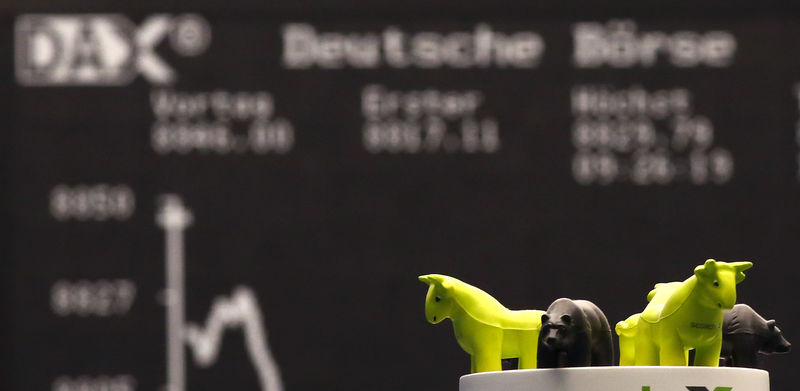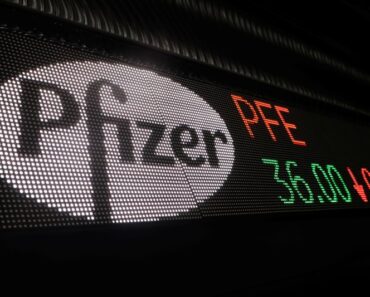This post was originally published on this site

Investing.com – European stock markets weakened Thursday, as the conflict in Ukraine continued and investors digested the potential economic ramifications of surging commodity prices.
By 3:50 AM ET (0850 GMT), the DAX in Germany traded 0.7% lower and the CAC 40 in France dropped 0.1% and the U.K.’s FTSE 100 fell 0.1%.
European equity markets recovered to a degree on Thursday, but the overall tone is one of caution after the sharp sell-off that followed Russia’s invasion of Ukraine.
The conflict has intensified in the last three days, with Kharkiv, Ukraine’s second-largest city, suffering heavy artillery and rocket bombardment, while a miles-long military convoy of troops nears Kyiv, the capital. Russian forces have also captured the Black Sea port of Kherson.
The conflict in Ukraine could reduce the level of global gross domestic product by about 1 percentage point by 2023 and add 3% to global inflation this year, the U.K.’s National Institute for Economic and Social Research estimated Wednesday, with Europe more exposed than any other region.
European Central Bank Governing Council member Mario Centeno also voiced his concerns, warning that the conflict could lead to a period of stagflation – low growth combined with high inflation – in Europe.
In the corporate sector, Thales (PA:TCFP) stock rose 5.6% after Europe’s largest defense electronics company posted a 32% rise in operating income and record cashflow.
London Stock Exchange (LON:LSEG) stock soared 9.6% after the exchange lifted its full-year dividend and issued an upbeat outlook for 2022, adding that applying financial sanctions on Russia would have only a minor impact on its business.
On the flip side, Lufthansa (DE:LHAG) stock fell 5.6% after the German airline said it could not provide a detailed outlook for 2022 due to the war in Ukraine and the pandemic.
Oil prices soared to new multi-year highs, as a group of top producers did little to alleviate the supply concerns caused by the Russian sanctions at Wednesday’s meeting.
The Organization of the Petroleum Exporting Countries and their allies including Russia, known as OPEC+, decided to maintain an increase in output by 400,000 barrels per day in March, largely ignoring the Ukraine crisis and the associated surge in prices during their talks.
So far, the West has stopped short of targeting Russia’s oil and gas exports directly, but the U.S. on Wednesday announced sanctions on Moscow’s oil refining sector, further raising fears of supply disruptions, and international buyers remain wary of contracting for Russian oil. Surgutneftegaz, one of Russia’s biggest producers, failed to attract a single buyer for its April exports at a tender on Wednesday.
Wednesday’s crude oil supply data from the U.S. Energy Information Administration showed a reduction of just over 2.5 million barrels last week, with stocks at the key Cushing, Oklahoma crude hub at their lowest since 2018.
By 3:50 AM ET, U.S. crude futures traded 3.8% higher at $114.82 a barrel, after earlier hitting $114.70, an 11-year high, while the Brent contract rose 4% to $117.47, having earlier traded above $118, a level last seen in February 2013.
Additionally, gold futures rose 0.6% to $1,934.55/oz, while EUR/USD traded 0.3% lower at 1.1090.


